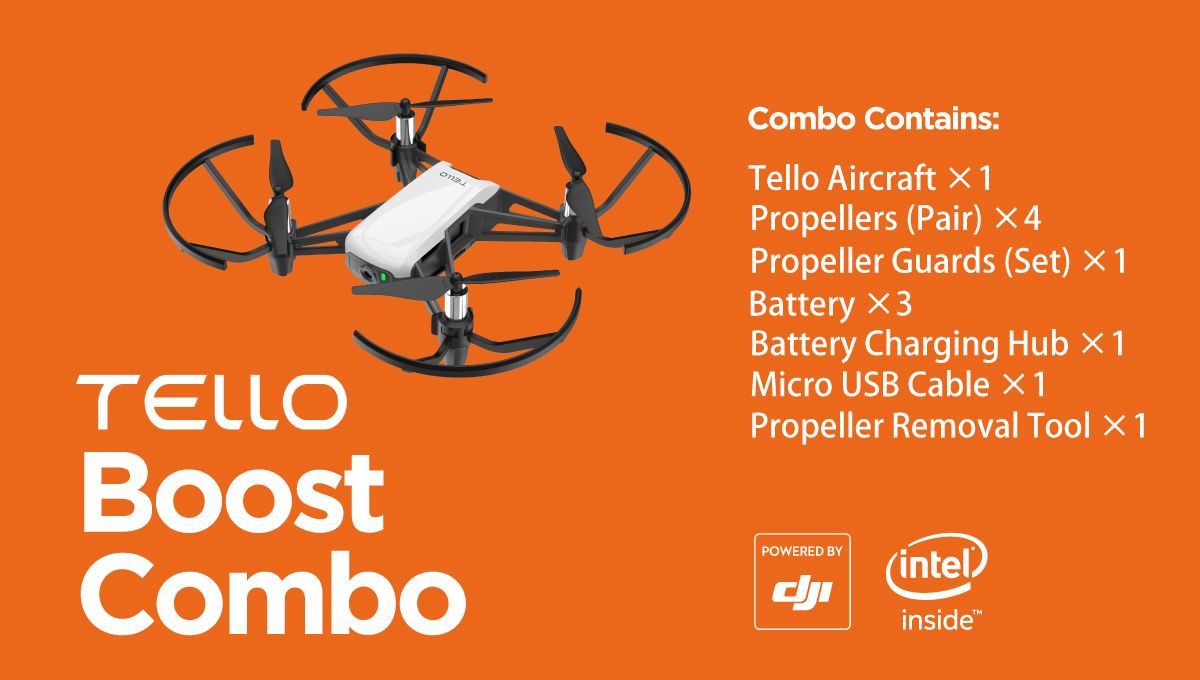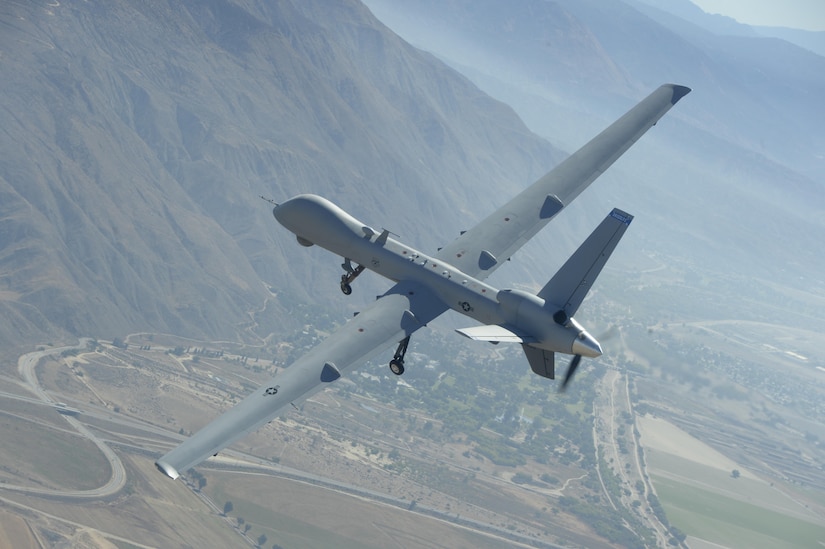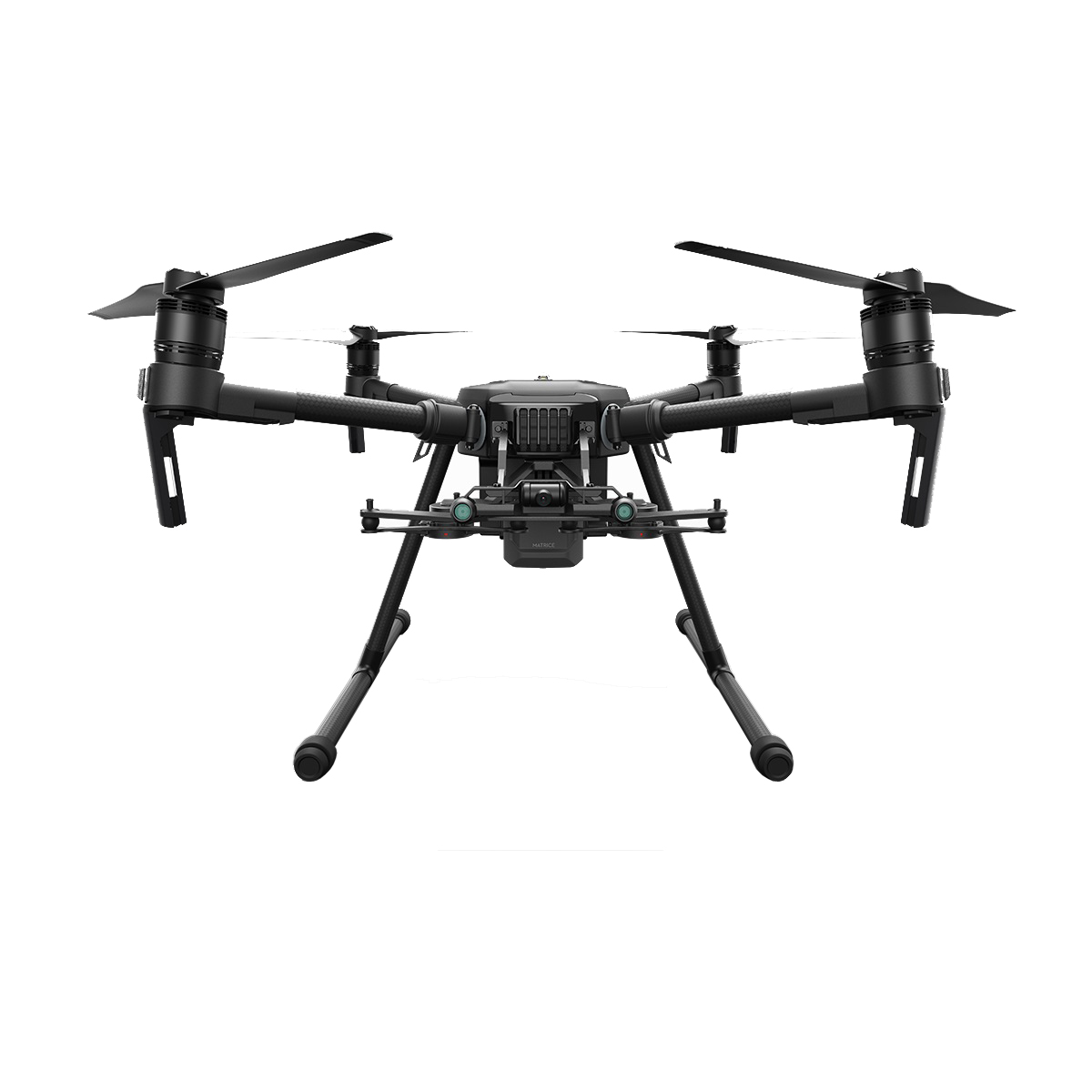
Micro drones have become very popular. A micro drone flight control controller is the ideal way to get started. OpenPilot CC3D offers a high-quality, reliable flight controller. There are other options. These include the Furious FPV PIKO F4, Kakute F7 or the CLRacing f7. These flight controllers are available in detail and you can learn how to select the best one for your microdrone.
OpenPilot CC3D Flight Controller
OpenPilot® CC3D microdrone controller is simple to use. The CC3D comes complete with everything needed to get started. It also includes an RC harness that can connect to a standard WM receiver. The bootloader is flashed and shipped fully tested. The CC3D is easily configured with a standard mini USB cable.
Furious F4 FPV PIKO
FuriousFPV PIKOF4 is a microdrone controller that can race well. The PikoF4 is a micro drone flight controller with powerful features, including the F4 processor, MPU6000 sensor suite, 100A PDB, 16MB of Black Box flash memory, built-in driver inverter for S-bus, integrated buzzer driver, and 5V 1A BEC.

Kakute F7
The Holybro Kakute F7 micro drone flight controller is an all-in-one system, integrating a flight control system, power distribution board, and on-screen display in a convenient package. It supports popular protocols such as Butterflight/BetaFlight and is equipped with a high-speed STM32F745 processing unit. The OSD allows users to adjust power levels, as well as other configuration parameters.
CLRacing F7
CLRacing F7, a micro-drone flight controller, has many great features. One of its most important features is the ability for the VTX to be turned on and off. This feature is especially useful if you're racing or configuring your quad on a bench. It also helps you avoid causing interference with other pilots. The F7's dual gyros are mounted 90 degrees apart in the horizontal plane to reduce noise.
Ardupilot
The software will be needed to enable your Ardupilot micro drone controller to function properly. The software also includes instructions for connecting and configuring your Raspberry Pi. In this article, we will provide step-by-step guidance to help you get started. To use the software, you will also require a Raspberry Pi (or a WiFi connection). We'll walk you through each step in detail.

FAQ
Is Drone Use Banned in Your Country?
The FAA bans drones flying in restricted areas such as airports, stadiums or sporting events, nuclear power stations, hospitals, prisons, and other sensitive areas. They are allowed to fly at night by using GPS technology.
What US states have drones made legal?
You can legally fly a drone for personal use. The Federal Aviation Administration (FAA), established guidelines that allow individuals to fly small unmanned aircraft systems. These UASs must first be registered with FAA to be allowed to be flown. Commercial operators can also fly these devices provided certain conditions are met by the FAA.
Can I fly my drone indoors?
You can fly your drone indoors. You just have to ensure no obstacles or hazards inside your home. Avoid flying near heating vents, heating vents and air conditioning units.
How can I keep drones from my home?
Drones have become increasingly popular for home surveillance. But they also pose a security threat to privacy. You can prevent drone attacks by installing motion sensors around your home and using them to detect any unauthorised flying objects.
Statistics
- Research and Markets predict a growth rate of 51.1% over the next five years. (thedroneu.com)
- According to ZipRecruiter, the minimum hourly wage of drone pilots is $20. (thedroneu.com)
- According to the multiple listing service (MLS), houses and apartments with drone photographs are up to 68 percent more likely to sell than those without pictures. (thedroneu.com)
External Links
How To
How to Fly Drones at a Beginning Level
A drone is an unmanned aerial vehicle that can be remotely controlled and used for surveillance, aerial photography, film production, research, and other hobby purposes. Drones have been in use since World War II. DJI's Phantom series of quadcopters was the first to be commercially used. Many types of drones have been made available since then, from beginner-friendly models such as the Parrot AR Drone 2.0, to high-end multi-rotor craft such as the DJI Mavic Pro.
You can fly a drone in many different ways, including:
-
Remote control: This uses a remote control device that attaches to your hand and allows you control the drone along its flight path. There are two main types for controllers: Joysticks or On/Off switches, which can be used to control the drone's flight path.
-
Manual Control – This allows remote operation of the drone via GPS coordinates using a smartphone application. Follow the instructions of the app to track the exact location you want the drone go.
-
Autonomous flight - The drone takes over the piloting duties. It is basically flying autonomously and without human intervention. To enable autonomous flight, the drone should have a built in camera and sensors capable recording images and data.
-
Triggered Flight: This is similar in concept to manual control. The pilot manually creates a route and the drone then follows it until it reaches that endpoint. The drone automatically lands once the route has been completed and returns to the base.
-
Landing Gear- Some drones include landing gear that allows for safe landing if the power goes out or they run out of batteries.
-
Goggles: Some pilots use goggles in order to protect themselves against debris when operating.
-
Camera – Some drones have cameras, which allow you to take photos or videos from up high.
-
Obstacles-Some drones come with obstacle avoidance devices that keep them from hitting obstructions.
-
Speed - Drones can reach speeds up to 40 mph.
-
Battery Life – Most drones will last 20 minutes to three hours depending on how powerful they are.
-
Some drones have a range of up to 30 miles, depending on their model.
-
Power source – Some drones require external power sources, others require internal batteries.
-
Weight – Some drones are less than one pound, while other models can be up to four pounds.
-
Size - The size of drones varies from small, easily carried devices to more substantial crafts that weigh in excess of 50 pounds.
-
Price – All drones fall into a price category. These range from expensive models that cost thousands to affordable options that start at 100 dollars.